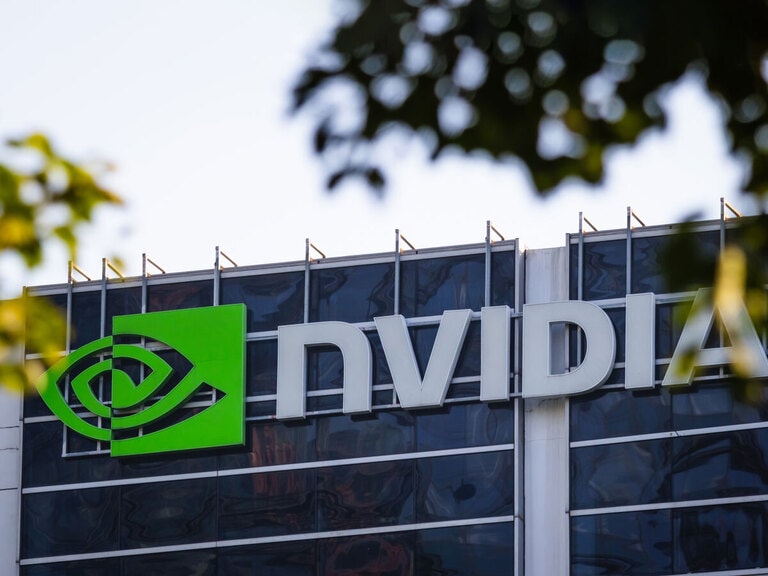The share prices of regional banks including First Republic and Washington Federal have come under pressure ahead of earnings, amid concerns over financial stability. Investors have also been pulling their deposits from smaller banks into big institutions like Wells Fargo.
- First Republic’s future remains in the balance despite securing a $30bn rescue package last month.
- Wells Fargo pared back its home-lending unit in January as part of a wider strategic move.
- The Invesco KBW Bank ETF offers exposure to Wells Fargo and First Republic and is up 1.4% in the past month.
Banks have been making headlines for all the wrong reasons ahead of First Republic [FRC], Washington Federal [WAFD] and Wells Fargo [WFC] reporting their latest earnings.
The collapse of Silicon Valley Bank (SVB) caused by a run on the bank dragged down regional bank stocks as cracks started to appear in the financial stability of other banks. First Republic secured a $30bn rescue package last month, but its future remains in the balance.
On the other hand, investors have been flocking to major banks for their perceived safety and lower risk. Among its peers like Bank of America [BAC] and Citigroup [C], Wells Fargo has seen a spike in deposits since the SVB collapse.
The First Republic share price has collapsed 54.7% in the past month and 88.3% since the start of the year. The Washington Federal share price is down 7.5% and 10.5% in the respective periods. Meanwhile, the Wells Fargo share price is down 4% year-to-date, but up 2.5% over the past month.
Profitability challenges at First Republic
Deposit outflows will be in focus when First Republic delivers its first quarter (Q1) 2023 numbers on 24 April. According to estimates from Jefferies analysts Ken Usdin and Casey Haire, up to $89bn in uninsured deposits is likely to have been pulled in the three months to the end of March. This would be more than half of the deposit base of $176.44m reported for Q4 2022.
Replacing deposits will lead to an increase in funding costs and impact the net interest margin (NIM). Data from S&P Global shows that the consensus for First Republic’s full-year NIM is 1.16%, down from 2.47% at the end of December.
“First Republic Bank’s earnings results will likely underscore its near-term earnings and profitability challenges after what turned out to be a tumultuous start to the year,” wrote Lauren Seay and Zain Tariq, analysts for S&P Global.
Unsurprisingly, analysts polled by Zacks are expecting First Republic’s EPS for the three months to the end of March to drop off a cliff. With estimates ranging between $0.89 and -$18.53, the consensus of $0.36 would mark a 258% fall from Q1 2022.
All eyes on Wells Fargo’s credit loss provision
While investors will be keeping an eye on the deposit number Wells Fargo posts, another area of focus will be credit loss provision and the impact that higher rates may be having. Analysts at Wedbush expect loan growth across the banking sector to slow down from the pace of the previous few quarters, according to a note seen by MarketWatch last week.
“[Q1] earnings will likely be pressured, in our view, as we see banks shift towards a more defensive and conservative stance, and we anticipate a slew of downward revisions to guidance,” the analysts wrote.
Wells Fargo retreated from the home-lending business at the start of the quarter—a decision made “to continue to reduce risk in the mortgage business by reducing its size and narrowing its focus”.
Nine analysts have estimated that the bank’s EPS will be between $0.92 and $1.38, according to Zacks. The consensus of $1.19 would represent a 30.7% increase from Q1 2022’s earnings.
Funds in Focus: Invesco KBW Bank ETF
After announcing record quarterly EPS of $1.16 for the three months ended 31 December, Washington Federal is expected to post EPS of between $1.09 and $1.15 for Q2, according to three analysts polled by Zacks. The consensus estimate of $1.15 implies year-over-year growth rate of 58.6%.
Last week, brokerage Keefe, Bruyette & Woods maintained an ‘outperform’ rating on Washington Federal stock, although it cut its price target from $48 to $41. This is still an upside of 37.5% from the recent closing price of $29.82.
Investors willing to bet on the banking sector could look at the Invesco KBW Bank ETF [KBWB], which holds Citigroup, Wells Fargo and Bank of America as its top, third- and fourth-largest holdings, respectively, as of 10 April. The fund also holds Fidelity as its smallest holding, at a weighting of 0.60%.
The fund is down 17.8% year-to-date, but up 1.4% over the past month.
Continue reading for FREE
- Includes free newsletter updates, unsubscribe anytime. Privacy policy





